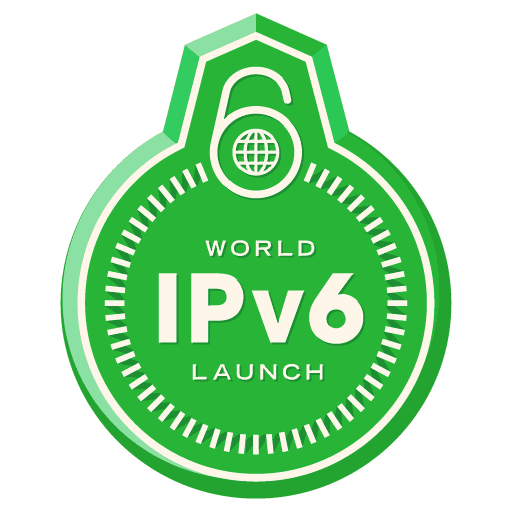Arbor Networks found that almost nobody is using IPv6 (a peak of 0.012% to be exact). Not exactly shocking.
This is due to a chicken or the egg problem:
- ISP’s don’t give out IPv6 addresses because the majority of their customers can’t handle it. Modern operating systems support IPv6, but these days most people use broadband routers, which only support IPv4. As a result most can’t use IPv6.
- Hardware vendors that make routers and switches often don’t support IPv6 to keep costs low, and performance high. It’s not needed since most ISP’s don’t support it anyway, and that doesn’t look like it’s about to change anytime soon.
There are however a few ISP’s that have experimented with IPv6.
Of course another issue is that most websites don’t use IPv6, but I think that’s the easiest to fix. Since most servers are hosted in data centers with expensive routers that could be upgraded. Nobody bothers because it’s not much more than a novelty. Servers themselves use modern operating systems that can easily support IPv6.
So what will change this? A massive government push. Something along the lines of Digital TV transition. It would need to do the following:
- Specify a date after which all hardware and software sold must be IPv6 compatible.
- Specify a date after which all ISP’s with more than X customers, or a certain bandwidth level must support IPv6.
Unlike the Digital TV transition, there’s no real push to kill IPv4, so it wouldn’t be so bad if it died a natural death like Gopher and just became antiquated and disappeared. DTV is different since the space freed up can be auctioned for large sums of money, which is the real incentive for the switch anyway.
Will it happen? I doubt it.
The Olympics is available via IPv6 (more info here). China has a better IPv6 plan since their growing population means they see the need for more IP space. Not to mention the US has a much higher allocation than China.
The DoD as well as the US Government in general has been moving to IPv6, but they have yet to make any real push for the private sector.
Until the US Government realizes a push is necessary it’s not going to happen. To bad. I’d love to point a domain name at a toaster. I’d love even more to get rid of NATs, since they are a nightmare for software to work with.

